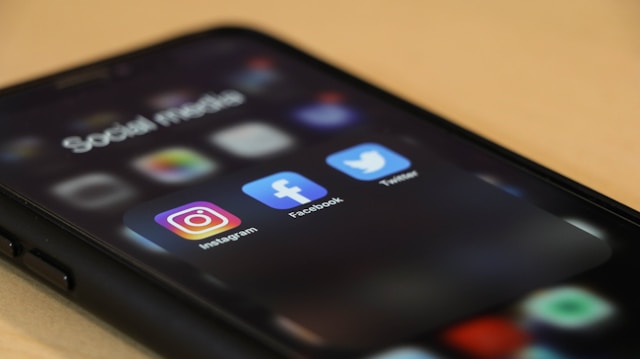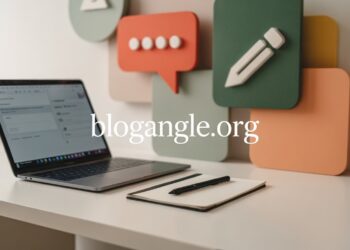In today’s digital world, social media security is more important than ever. Cybercriminals are constantly finding new ways to steal personal information, hijack accounts, and commit fraud. If your social media accounts get hacked, it can lead to identity theft, financial loss, and even damage your online reputation.
To protect your accounts, follow these best practices to strengthen your security and keep hackers at bay.
Understanding the Risks
Hackers use various methods to gain access to social media accounts. Some of the most common threats include:
- Phishing attacks – Fake emails or messages designed to trick you into giving away login credentials.
- Brute force attacks – Hackers use automated tools to guess weak passwords.
- Malware and spyware – Malicious software that steals personal information.
- Social engineering – Manipulating users into revealing sensitive data.
Understanding these risks is the first step toward strengthening your online security.
Essential Security Measures
Use Strong and Unique Passwords
A weak password makes it easy for hackers to gain access to your accounts. Create a strong password using a mix of uppercase and lowercase letters, numbers, and symbols. Avoid using common words or personal information. Using a password manager can help generate and store complex passwords securely.
Enable Two-Factor Authentication (2FA)
Two-factor authentication adds an extra layer of security by requiring a second form of verification, such as a code sent to your phone. This prevents hackers from accessing your account even if they have your password.
Keep Your Software and Apps Updated
Cybercriminals exploit security vulnerabilities in outdated apps and operating systems. Regularly updating your devices and social media apps helps protect against security threats.
Recognizing and Avoiding Phishing Attempts
Phishing is one of the most common ways hackers steal login credentials. To avoid falling victim to phishing scams:
- Never click on suspicious links in emails or messages.
- Verify the sender before providing personal information.
- Check the URL of login pages to ensure they are legitimate.
If you receive an email or message that seems suspicious, contact the social media platform directly to verify its authenticity.
Managing Privacy Settings
Most social media platforms allow you to customize privacy settings to control who can see your information. Take the time to:
- Review and update your privacy settings regularly.
- Limit third-party app access to your social media accounts.
- Be mindful of what you share online, as oversharing personal details can make you an easy target for hackers.
Monitoring Account Activity
To detect unauthorized access, monitor your account activity by:
- Enabling login alerts to receive notifications of suspicious activity.
- Regularly reviewing active sessions and removing unfamiliar devices.
- Changing your password if you notice any unusual activity.
Taking these steps helps you respond quickly to any security threats.
What to Do If Your Account is Hacked
If you suspect that your account has been hacked, take immediate action:
- Change your password – If you can still access your account, update your password immediately.
- Use account recovery options – Follow the platform’s steps to regain control of your account.
- Report the hack – Contact the social media platform to report unauthorized access.
- Notify your contacts – Inform friends and followers to ignore suspicious messages from your account.
- Scan for malware – Run a security scan on your devices to ensure no malware is stealing your credentials.
Final Thoughts
Securing your social media accounts is crucial to protecting your personal information and online identity. By implementing strong passwords, enabling two-factor authentication, and staying vigilant against phishing attempts, you can reduce the risk of cyber threats. Regularly reviewing privacy settings and monitoring account activity further enhances your security.





